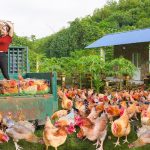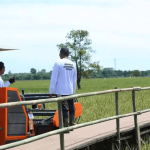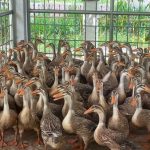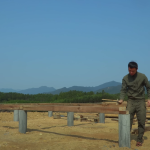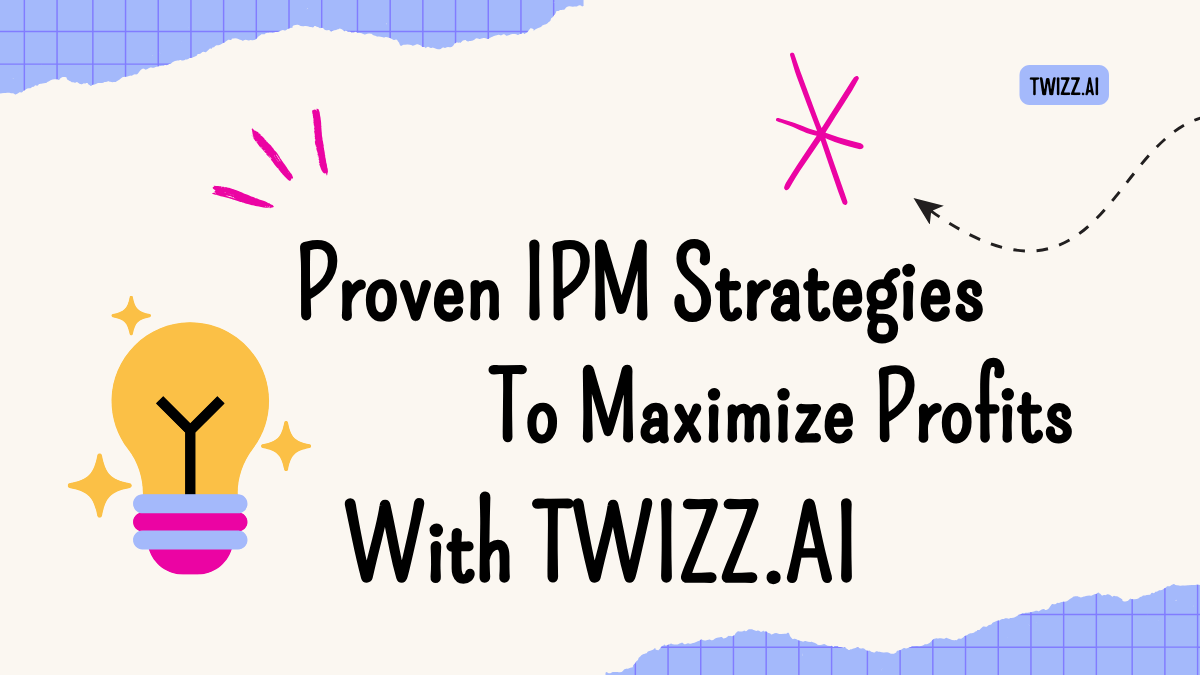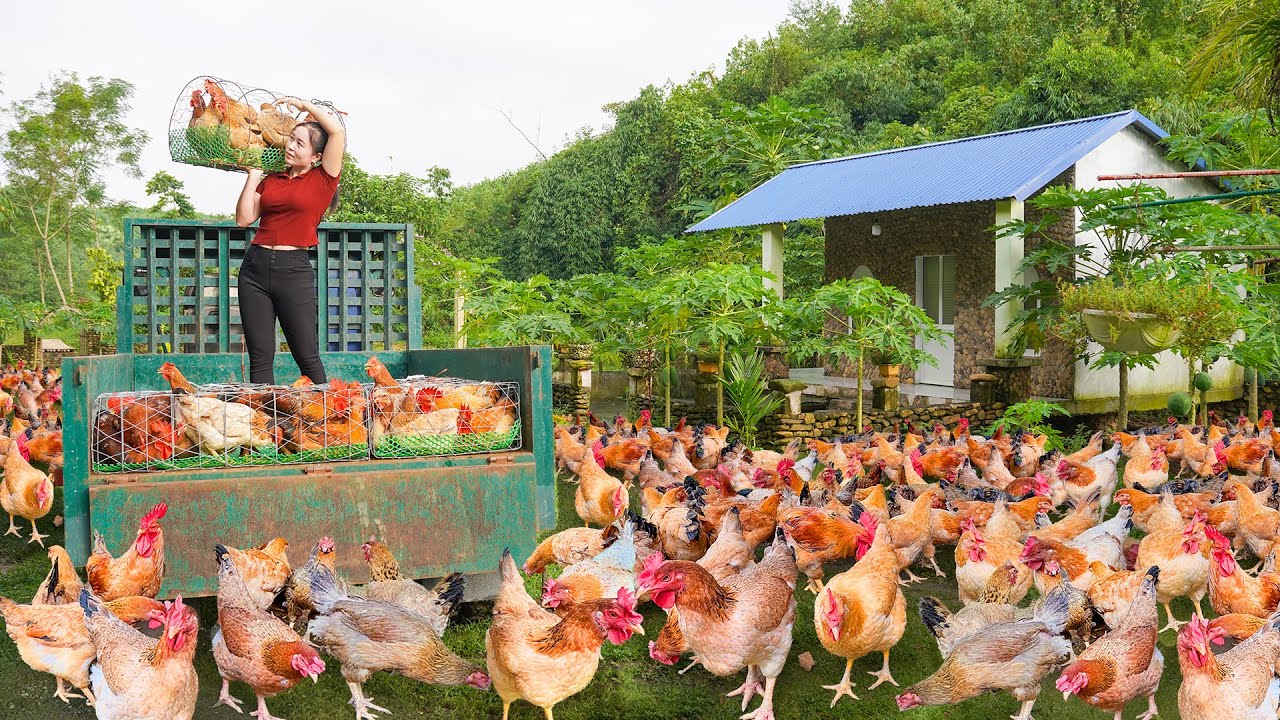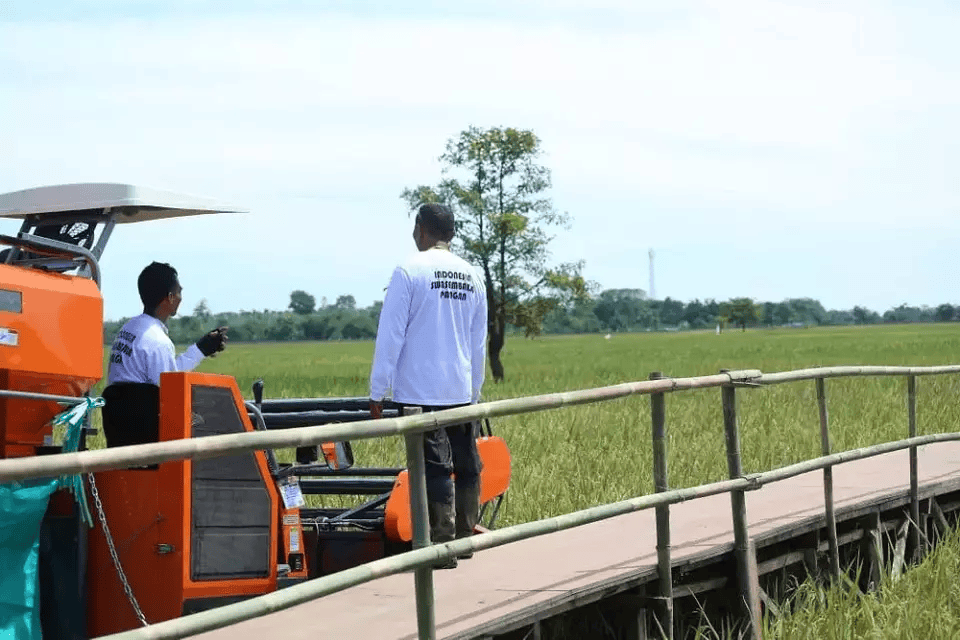Integrated Pest Management Strategies for Eco Friendly Farming
Conceptual Genesis and Rationale
Integrated pest management emerged from the need to harmonize agrarian productivity with ecological stewardship. Unlike monolithic pesticide reliant regimens it embraces diverse vectors of intervention to mitigate pest populations while safeguarding environmental integrity. At its core lies a mosaic of prophylactic measures and reactive tactics that respect trophic interdependencies and soil biota vibrancy.
Ecological Underpinnings
Biodiversity constitutes the fulcrum of robust agroecosystems. Predatory arthropods nematodes and avian insectivores form the first line of defence. Encouraging vegetational heterogeneity through intercropping or agroforestry orchards creates refugia for these beneficial taxa. Such design elevates resilience against pest outbreaks by disrupting monocultural pest proliferation and granting alternate prey for natural enemies.
Economic and Social Intent
Regimens anchored in ecosystem logic often entail initial investments in scouting training or habitat enrichment. However long term gains manifest in reduced input costs enhanced product quality and improved public perception. For markets demanding residue free yields or organic certification IPM confers a distinct competitive advantage. Moreover farmer communities witness lower health risks as toxicant exposure wanes.
Multifaceted Tactics
Cultural Controls
Cultural measures alter the agronomic canvas to disfavor pest life cycles.
Crop Rotation Varieties
Alternating host families interrupts pest reproduction. Legume cereals brassicas or solanaceous sequences can suppress nematodes aphids and fungal pathogens. Rare cultivar selection with partial resistance traits further constrains endemic populations.
Temporal Sequencing
Adjusting sowing dates to precede peak pest emergence exploits phenological mismatches. Early planting of leafy greens may outrun caterpillar infestations while late maturing fruits avoid early season borers.
Soil Solarization and Amendment
Transparent polyethylene sheets trap insolation raising soil temperatures to lethal thresholds for many soil dwelling pathogens. Complementary incorporation of organic matter invigorates antagonistic microbes that compete with or parasitize pest propagules.
Biological Controls
Harnessing living organisms to subdue pests minimizes chemical footprints.
Augmentation and Conservation
Periodic releases of parasitoid wasps predatory mites or entomopathogenic nematodes amplify natural enemy densities. Simultaneously conserving existing populations by planting nectar rich flowering strips ensures sustained predation and parasitism.
Microbial Biopesticides
Formulations derived from Bacillus thuringiensis Beauveria bassiana or Metarhizium anisopliae deliver targeted virulence only to specific insect orders. Such specificity drastically limits non target mortality.
Companion Plant Synergy
Certain aromatic plants exude volatile compounds that repel pests or attract beneficials. Marigold interplanted with tomato mitigates nematode attack while sweet alyssum draws hoverflies that prey on aphids.
Monitoring and Threshold Based Decisions
Regular Scouting Regimen
Structured field surveys at fixed intervals record pest abundance and natural enemy ratios. Utilization of sweep nets yellow sticky traps or pheromone lures yields quantitative data to inform interventions.
Action Threshold Calibration
Intervention only when pest densities exceed economic thresholds avoids needless treatments. These thresholds vary by crop phenophase and market tolerance for blemishes. For instance thrips count per flower may trigger biocontrol release only when averages surpass designated limits.
Data Driven Record Keeping
Maintaining logs of pest incidence climate parameters and treatment efficacy facilitates adaptive refinement. Digital tools or simple ledger books both serve to capture these insights.
Chemical Interventions as Last Resort
Selective and Low Risk Formulations
When non chemical measures falter conservative use of botanical insecticides insect growth regulators or microbial agents maintains efficacy while preserving biodiversity.
Application Precision
Spot treatments or targeted release via pheromone dispensers localize chemical exposure. Calibration of spray equipment ensures optimal droplet size and minimal drift.
Resistance Management Tactics
Rotating modes of action prevents pest adaptation. Incorporating synergists or using tank mixes judiciously extends the useful life of active ingredients.
Tips and Tricks for Expert Practitioners
Habitat Architectonics
Design perennial windbreaks or hedgerows to function as both pest barriers and wildlife corridors. Diverse woody species create multilayered structure that supports predatory guilds year round.
Soil Biome Cultivation
Periodic biofumigation with brassica cover crops followed by incorporation stimulates glucosinolate release curbing soil borne pathogens. Simultaneously compost teas rich in humic substances bolster microbial antagonists.
Digital Scouting Enhancements
Utilize smartphone apps with AI image recognition to expedite pest identification. Coupled with geotagging these records reveal infestation hotspots guiding focused interventions.
Allometric Pest Forecasting
Integrate degree day models to predict larval emergence windows. Sophisticated software tools calculate cumulative heat units permitting temporal precision in biocontrol releases.
Market Focused Pest Tolerance
Tailor threshold values to end market. High end restaurants may demand zero visual damage on leafy greens whereas processing pipelines accept minor scarring on root crops.
